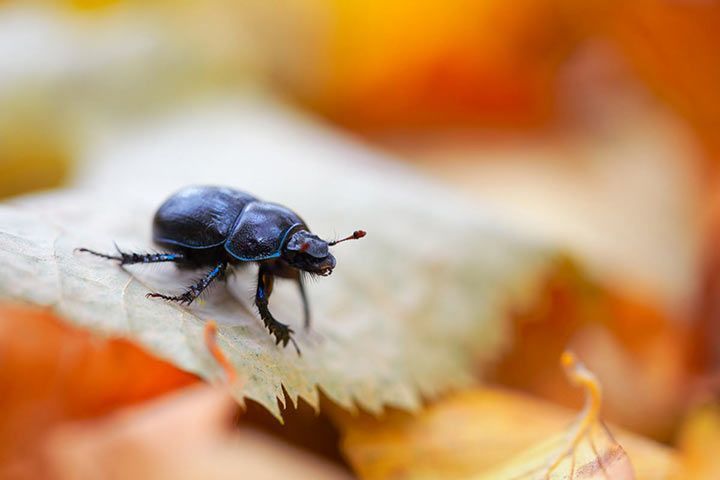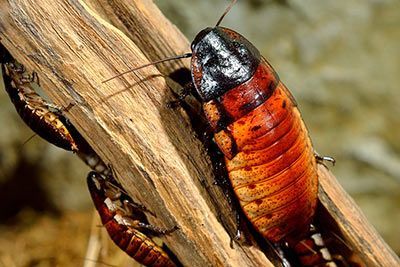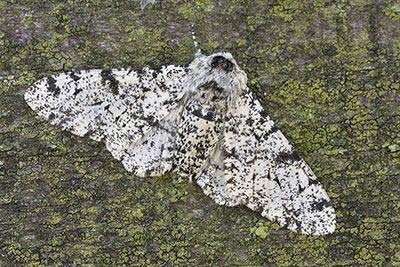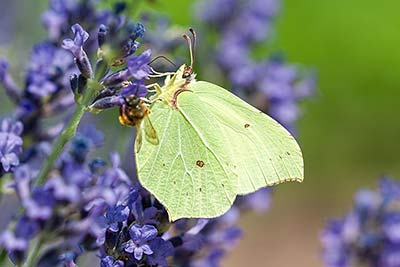Forest Dung Beetle
Forest Dung Beetle Facts
| Size | 0.6-0.7 in (16-19 mm) |
| Speed | Unknown |
| Weight | Unknown |
| Lifespan | 2-3 years |
| Food | Dung, mushrooms, tree sap |
| Predators | Birds, snakes |
| Habitat | Europe |
| Order | Beetles |
| Family | Geotrupidae |
| Scientific name | Anoplotrupes stercorosus |
| Characteristics | Looks similar to the common dung beetle |
Main Characteristics
The forest dung beetle is a beetle from the family of dung beetles. It particularly loves beech forests. It is know for its chirping sounds.
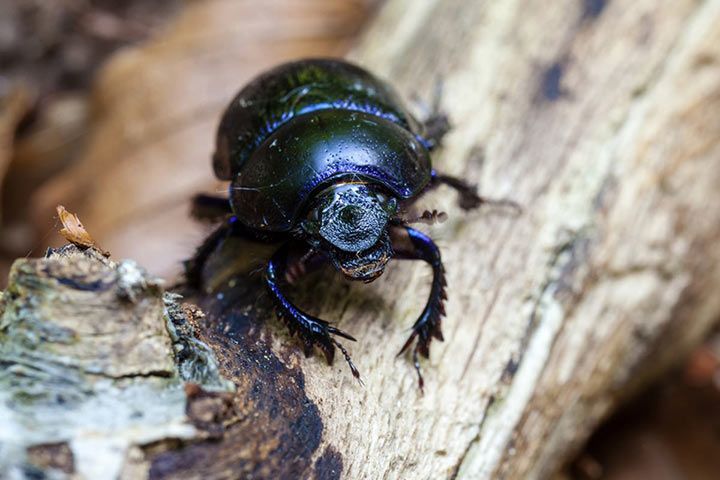
Anatomy and Appearance
The forest dung beetle is often mistaken for a common dung beetle Yet, it is easy to tell them apart from each other. The forest dung beetle doesn't have any bumps in its exoskeleton. In addition, its shards have a blue, violet, or green gleam to them. With 0.6-0.7 inch (16-19 mm), the forest dung beetle is slightly smaller than the common dung beetle, which is about 0.6-0.9 inches (16-25 mm long).
Behavior
Tunnels
The forest dung beetle loves to dig tunnels and ducts between 27 and 31 inches (70 and 80 cm) deep.
Defense
The forest dung beetle tries to confuse its enemies, such as ants, with its chirping sounds. Yet, larger enemies such as hedgehogs, shrew mice and little owls are usually not that easily impressed ...
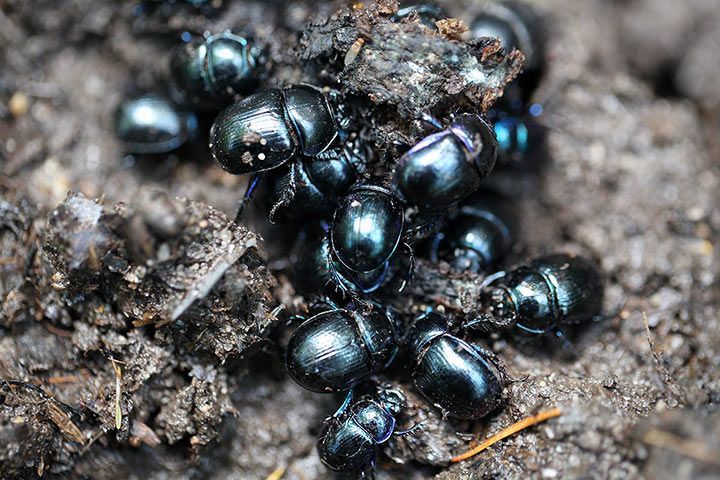
Senses and Abilities
Sounds
Forest dung beetles rub parts of their exoskeleton against each other like violinists to produces sounds. These are called stridulation organs (pars stridens and plectrum). The noise is so loud that even we can perceive it if we stand right next to it. But who wants to go near a ball of dung? It’s not for the faint of heart. The forest dung beetle has – which is rather unusual – two of those “musical instruments” attached to its body.
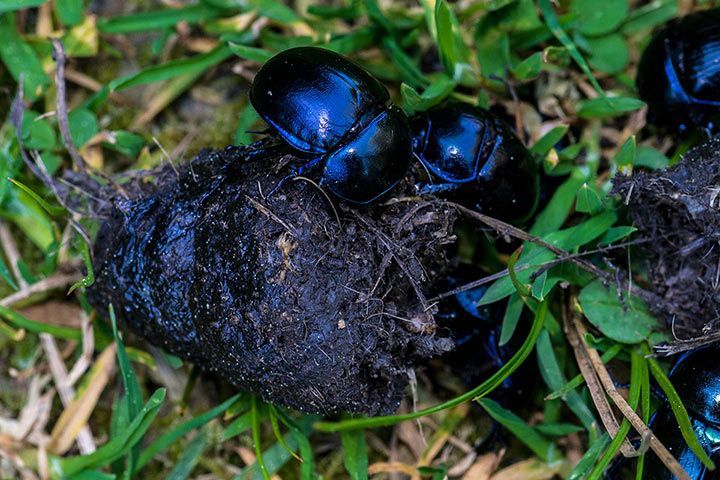
Importance for the Ecosystem
Are They Good or Bad for the Forest?
Definitely good! And this is a clear understatement! Without the forest dung beetle, the forest would have a big problem. Because of their small size, the little beetles might appear as if they could not have a large impact on their surroundings. Yet, they permanently break up and aerate the soil – just like earthworms. This makes it easier for the rain to seep into the soil and supply the plants with water. But the beetles are of particular importance to other forest animals. With their dung, the beetles also remove parasites and germs that are contained in it.
Fun Facts
Easy to Find
Not all dung beetle species are easy to detect (e.g. the Minotaur beetle). The forest dung beetle can be seen quite frequently – if you go for a walk through the forest for instance. Just keep your eyes open. They can be seen most frequently between July and September.
